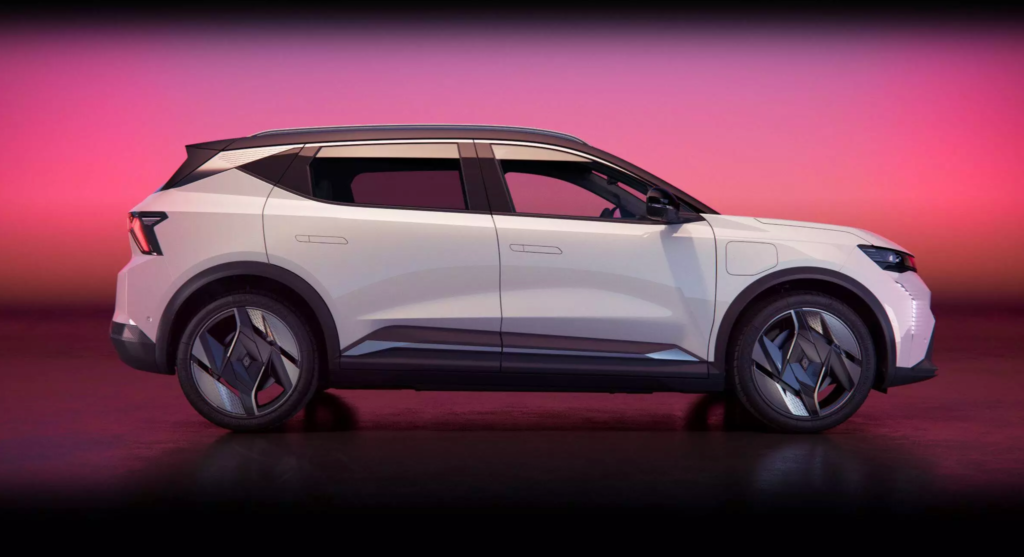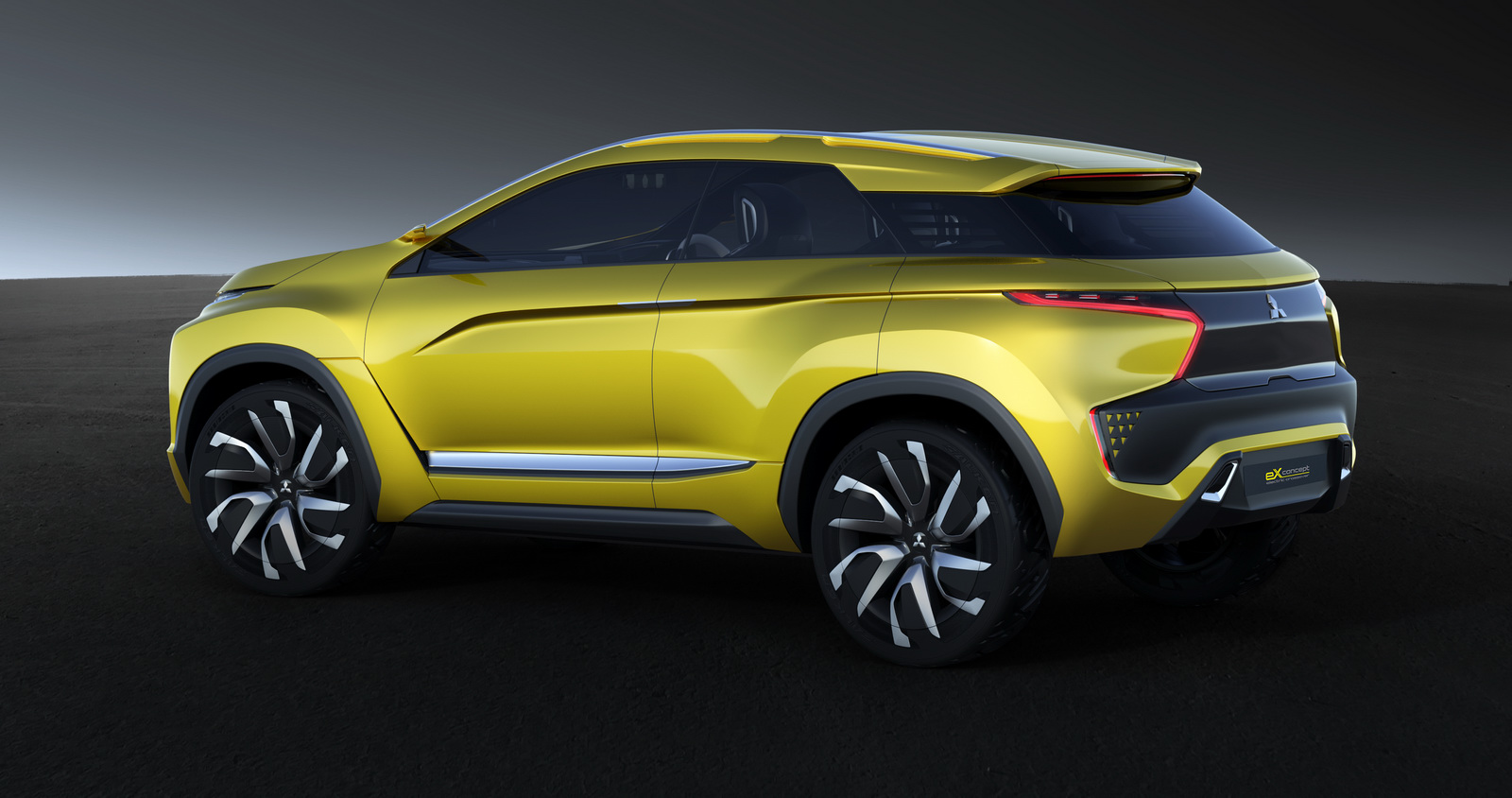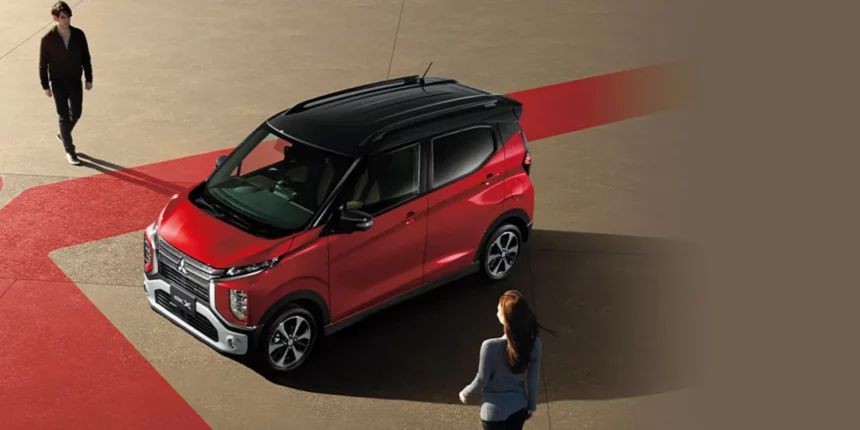If you’ve been a car enthusiast for as long as I have, your interest in automobiles dates back to the time when Mitsubishi was a well-known name in the industry, last seen with the third-generation Eclipse in 1999. While the company has faced challenges, especially in Western markets, it has sustained its presence in Japan and emerging regions by offering compact and budget-friendly transportation solutions.

Following Mitsubishi’s recent investment in the Renault-led Ampere EV venture, the collaboration’s first product appears to be a compact SUV designed to fit into the segment currently occupied by the ASX (based on the Renault Captur). This C-SUV will share the same platform as the Megane E-Tech, one of the electric vehicles offered by the French automaker. Whether the Mitsubishi C-SUV will be a rebadged Renault or a Mitsubishi-led design utilizing Renault’s electrified AmpR Medium platform remains unclear. However, the vehicle, whatever its nature, will be manufactured in France by Renault and is expected to hit the market in 2025.
Mitsubishi faces significant challenges, and introducing an entry-level electric vehicle quickly seems crucial to the survival of its global passenger car business. Starting with a C-SUV makes strategic sense, especially since these elevated hatchbacks enjoy popularity in Europe, Asia, Australasia, and Latin America, even if they are not as favoured in the United States.

Notably, Mitsubishi was among the first automakers to offer an electric car on a relatively global scale, introducing the i-MiEV in the late 2000s before the Nissan Leaf. However, the i-MiEV faced challenges, and Mitsubishi’s current electric success is represented by the eK X EV, a kei car that is immensely popular in Japan. Unfortunately, kei cars do not meet safety standards in most Western nations due to their specific design for the Japanese market. Mitsubishi’s electric vehicle lineup is thus limited, emphasizing the importance of entering the electric SUV market with the upcoming collaboration with Renault.








